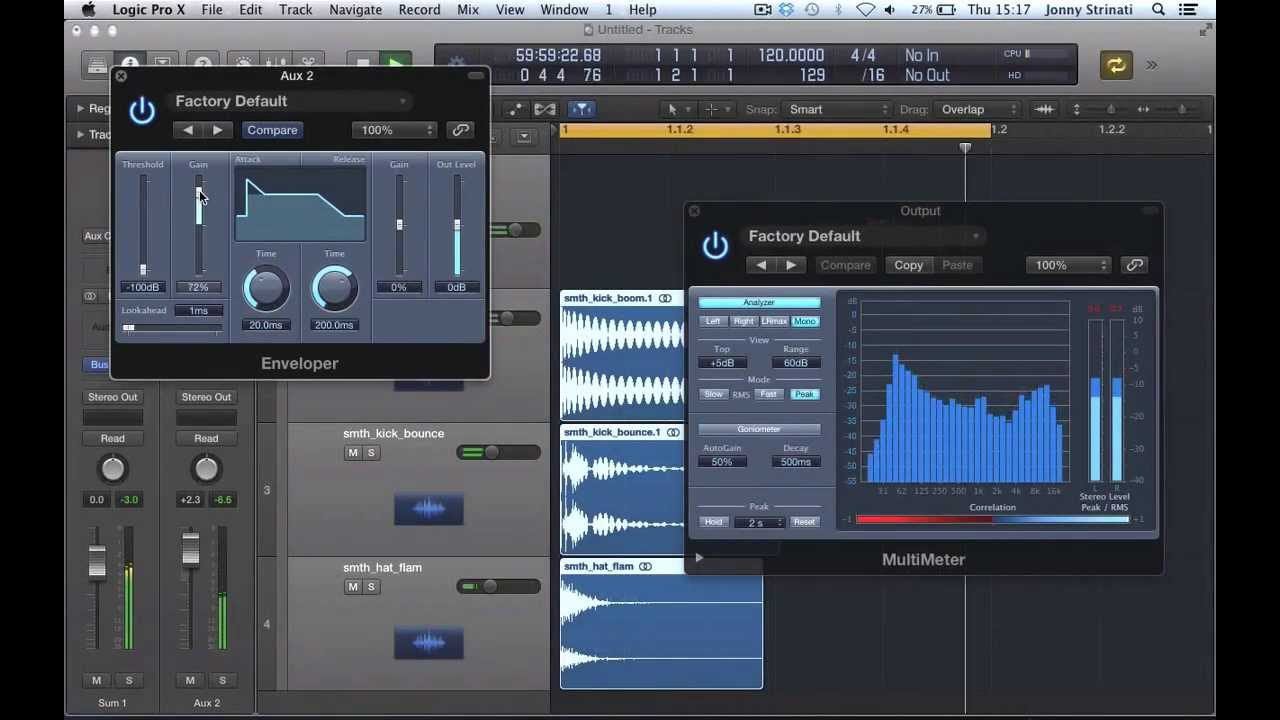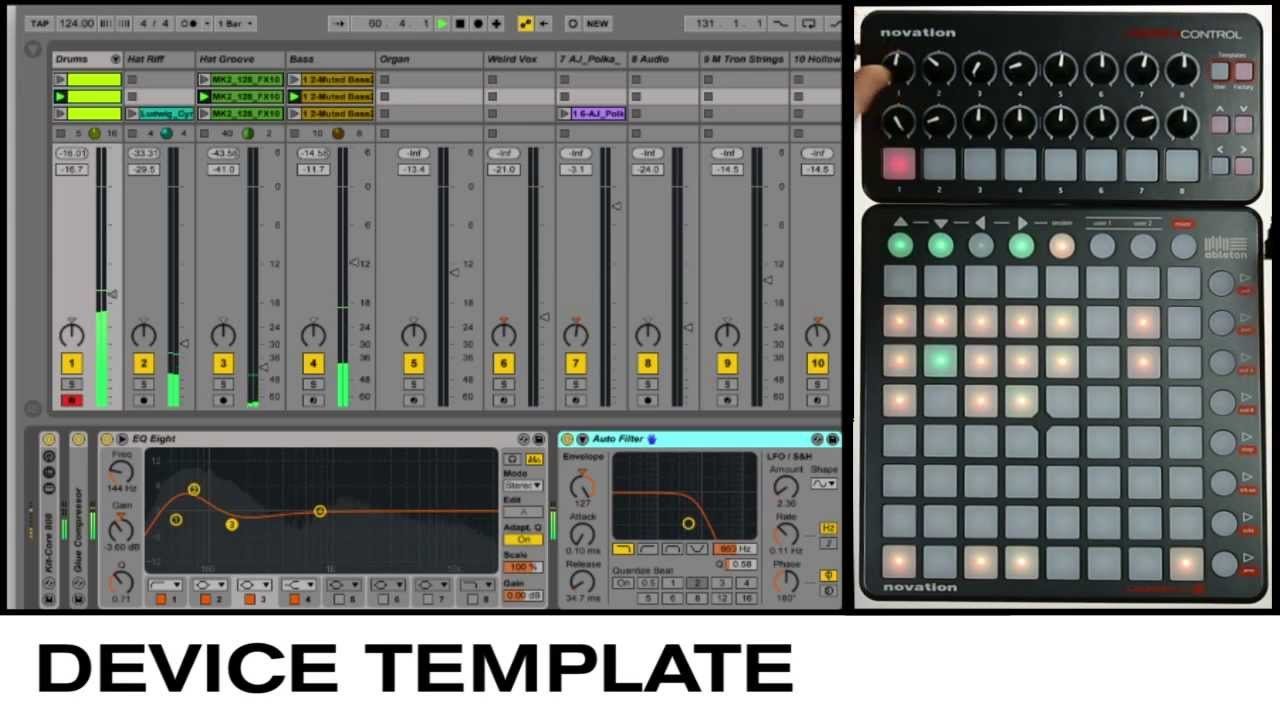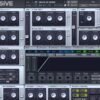ATTENTION TO DETAIL
Concentrating on making just a few core elements sound exceptionally good will make all the difference. Specifically, pay the most attention to your kick, bass sound, snare and hi-hat. There is an old adage that if the drums are rocking the rest of the track will slot easily into place. It’s amazing how many times producers overlook the importance of a well-defined kick and a bass sound that complements it well.
RIDE THE BUS
There is an ongoing debate over whether or not to process the mix bus. Some maintain that it should be left well alone, and that trying to match the levels of commercial recordings is best left to the mastering engineer. In some cases this is true, but it’s surprising how many of the pros stack up numerous plug-ins on the mix bus. Using a multi-band compressor or limiter will give your mix brick-solid volume peaks to ensure your tune is as loud as others on the dancefloor. Experiment with threshold and release settings so that you aren’t left with sudden volume jumps – but don’t go too far: if you do you’ll kill all the track’s natural dynamics.
CONTROL YOUR BASS, GET MORE VOLUME
It is tempting to boost sub-bass EQ to add weight to kicks or basslines. Unfortunately this usually compromises the overall master level. To get more volume from a part, try filtering out all low-end below 20Hz (the stuff the human ear can’t hear) with a low-cut EQ or changing your kick / bass sounds instead.
PERFECT YOUR BREAKDOWN
Use all the tricks you can to make your breakdowns as unique and memorable as possible. A combination of hi-pass filtering, gradually increasing levels of elements, a nice uplifting FX sweep and, if all else fails, a snare roll should get even the toughest of floors moving.
CHECK IT ON THE FLOOR
The best indicator of whether or not you have a hit is nearly always the dancefloor. If you DJ, drop your tune at peaktime in one of your sets, or inconspicuously slip it onto a hifi at a party when your mates are around. Compare the reaction to your track with that of your ‘biggest’ record, noting which sections make people dance and which parts leave the crowd cold, then go back and fine-tune your arrangement accordingly.
AUTOMATE TO STIMULATE
A surefire way to build excitement in your mix – and on the dancefloor – is by increasing the volume or reverb / delay times effecting your hook. Increasing the reverb time (and amount) will push your hook further back into the mix. You can then bring it right back to the fore by killing the reverb. Similar effects can be acheieved by opening filters and lengthening notes in your hook. Think of automation ‘builds’ as the snare roll of the noughties. Automate elements in drops or leading to breakdowns for maximum effect.
INCREASE AND RELEASE TENSION
A key factor in many great pieces of music is the building and releasing of tension. The same rings true of Electro. When arranging a track work out how best to build tension, be it with a mammoth breakdown or an infectiously building musical hook. You can relieve tension by moving into a ‘full-on’ section – with all elements blazing – or a pared-down ‘kick and bass’ section. The transition between builds and releases will define the feel of the entire track.
VARIATION IS KEY
When repeating elements countless times, it is important to vary the sound to keep the listener interested. Try making a bass or lead line out of a variety of different synth patches, varying which synth patches are playing at different times and using one sound to start and another to end. You can also experiment with your sequences – muting individual notes from a sequence or cutting notes and playing them with different patches. These often subtle variations make musical hooks much more exciting for the listener.
KEEP IT SIMPLE
Less is nearly always more. It’s fine to keep stacking on the elements to maintain interest, but cram in too much and your mix and energy levels will suffer as a result. From time to time try muting all parts and gradually unmuting them to see which parts are the most effective and which are merely filler. Filler can be lost.
JUST FINISH IT
This might sound obvious, but so many of us get stuck inside a four-bar loop and never end up taking the track to the arrangement stage. Sometimes new ideas come much easier – and mistakes become glaringly obvious – when sections are linked together.










